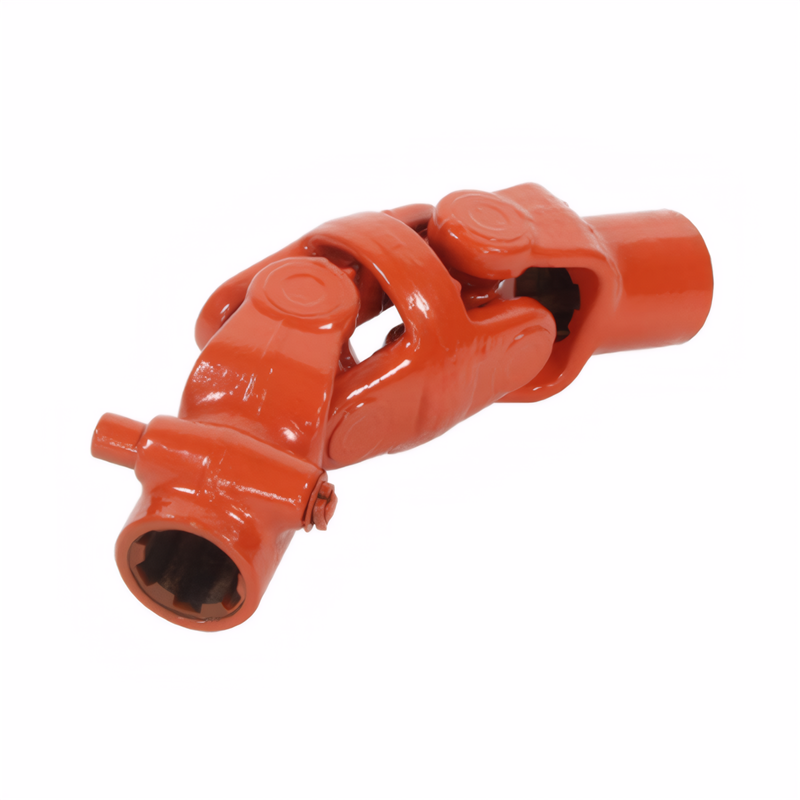The manifestations of spline wear on the drive shaft
Symptoms and Effects of Transmission Shaft Spline Wear in Automotive Systems
Common Symptoms of Spline Wear During Vehicle Operation
When transmission shaft splines experience significant wear, drivers often notice abnormal noises during acceleration and deceleration. The most characteristic sound resembles metallic clunking, particularly pronounced when shifting between high and low gears during low-speed operation. This occurs because worn spline teeth create excessive clearance, allowing components to collide under torque changes.
Vehicle vibration patterns also change noticeably with spline degradation. While minor wear may only cause subtle tremors during idle, severe cases produce pronounced shaking throughout the driveline, especially when engaging the transmission. These vibrations often intensify with engine speed and may be accompanied by steering wheel oscillation in front-wheel-drive vehicles.
Power transmission efficiency drops measurably with spline wear. Drivers may perceive sluggish acceleration or reduced towing capacity, as the compromised connection fails to transfer torque effectively. This symptom becomes particularly evident when climbing grades or attempting rapid acceleration from a standstill.
Impact of Spline Wear on Component Performance
The primary mechanical consequence of spline wear is increased backlash between mating components. This play disrupts the precise timing required for smooth power transfer, creating shock loads that accelerate wear on related parts like universal joints and differential gears. The cumulative effect often manifests as premature failure of these interconnected components.
Misalignment issues frequently accompany spline deterioration. As the splined shaft and hub lose concentricity, the entire driveline becomes susceptible to angular displacement. This misalignment forces supporting bearings to operate under abnormal loads, leading to premature failure and potentially causing secondary damage to seals and housing components.
Lubrication failure becomes more likely with spline wear progression. The enlarged clearances between teeth allow gear oil to escape more rapidly, reducing the protective film between mating surfaces. This creates a destructive cycle where increased friction accelerates wear, while metal-to-metal contact further degrades the lubrication channel's effectiveness.
Diagnostic Indicators for Professional Inspection
Visual inspection typically reveals characteristic wear patterns on spline teeth. Instead of uniform contact across the tooth face, worn splines show concentrated damage at the tips and roots of teeth. This uneven wear suggests improper loading or insufficient lubrication during operation. In advanced cases, teeth may exhibit plastic deformation or fracture.
Measurement data provides definitive evidence of spline degradation. Using dial indicators or specialized gauges, technicians can quantify radial runout and tooth-to-tooth spacing variations. Acceptable tolerances vary by application, but most automotive standards consider deviations exceeding 0.3mm as critical wear indicators requiring immediate attention.
Thermal imaging often reveals hidden spline damage during operation. As worn splines generate excessive friction, localized heating occurs at the connection point. Infrared cameras can detect these temperature anomalies even when external symptoms remain subtle, providing early warning of impending failure before catastrophic breakdown occurs.
 The design of the drive shaft
The design of the drive shaft
 The importance of balanced ope
The importance of balanced ope
 The manifestations of spline w
The manifestations of spline w
 The correct installation seque
The correct installation seque
 简体中文
简体中文 English
English
